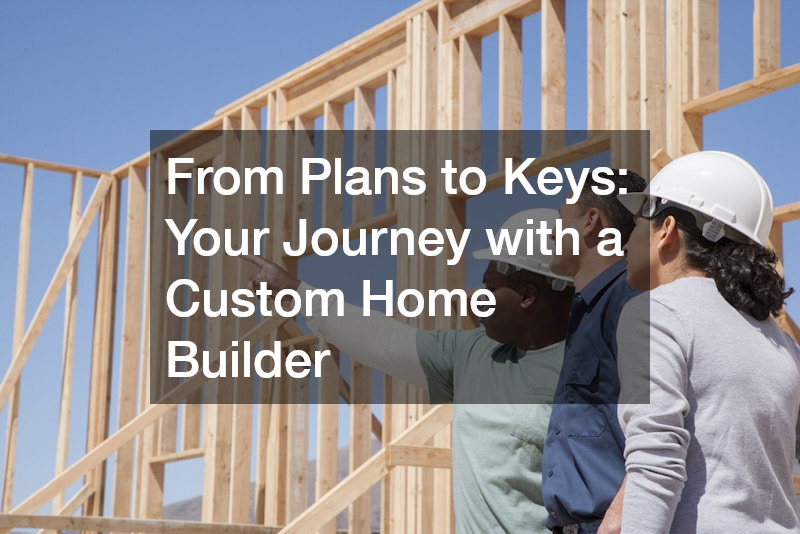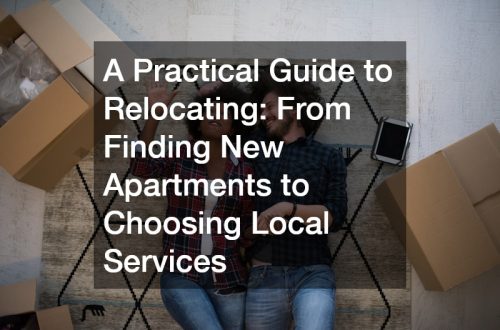The process of building a custom home is a thrilling adventure that transforms your dreams into reality. From the initial planning phase to the exhilarating moment you receive your keys, every step is significant. This journey involves selecting the right builder, managing expectations, and ensuring that each detail reflects your vision of the perfect home.
Researching Potential Builders
Finding the right custom home builder necessitates thorough research. Start by browsing online reviews to get a sense of a builder’s reputation.
Additionally, examining their past projects can provide insight into their craftsmanship and style, ensuring they align with your vision.
It’s also vital to tap into word-of-mouth recommendations, as personal experiences can reveal more about a builder’s reliability and communication skills. Attend local home shows or builder conferences to discover various builders in your area. Ultimately, a combination of online and offline research will help you make an informed decision.
Key Questions to Ask Builders
When considering potential builders, asking the right questions is essential. Start by inquiring about their experience with projects similar to yours, including size, style, and budget range. Their ability to share details about these past projects can provide clarity on whether they can fulfill your vision.
Discuss how they handle potential challenges during the build, as this can indicate their problem-solving approach and customer commitment. Another critical question involves timelines: understanding their schedule management and availability will help you set realistic expectations. Clear communication is crucial, so ask about their preferred modes and frequency of updates.
Evaluating Builder Contracts and Agreements
Before signing anything, it is imperative to thoroughly evaluate builder contracts and agreements. Start by examining the scope of work, ensuring it comprehensively lists all expectations and obligations for both parties. Pay close attention to the specified materials, construction techniques, and inclusions to avoid future misunderstandings.
Review payment terms, as clarity in financial arrangements prevents potential disputes. The contract should accurately reflect the agreed payment schedule, including initial deposits, progress payments, and the final payment upon completion. Additionally, understanding the contingency plans for unforeseen delays or issues is crucial for maintaining a smooth project timeline.
Initial Planning and Design
The initial planning and design phase is where your dream home starts to take shape. Collaborating with architects and designers, you’ll create a blueprint that reflects both functional needs and aesthetic preferences. During this phase, clear and open communication is key to translating your vision into detailed plans.
Consider factors such as the home’s layout, room sizes, and energy efficiency in designing a balanced living space. Integrate your lifestyle needs into the design, whether it’s additional storage, entertainment spaces, or sustainable features. This phase also involves material selection and color schemes that resonate with your personal style.
Permits, Approvals, and Preparations
A critical component of custom home building is obtaining necessary permits and approvals. This step varies by location and involves navigating local zoning laws, building codes, and environmental regulations. Working with knowledgeable professionals who have experience in your area can streamline the permitting process.
Prepare for construction by ensuring site readiness, which can include clearing land, grading, and setting utility lines. Proper groundwork preparation not only supports construction but also helps avoid delays and additional costs. Engaging a reliable builder familiar with local regulations can facilitate a smoother start to your project.
Construction and Quality Assurance
The construction phase is where the vision on paper becomes a tangible structure. A key focus during this stage is regular progress checks to ensure that the build adheres to the agreed standards and specifications. Frequent site visits can offer peace of mind and allow you to witness the transformation firsthand.
Effective quality assurance practices safeguard your investment by ensuring that each element meets industry standards. Establishing benchmarks and conducting inspections at critical points can uphold quality and detect any discrepancies early. A collaborative relationship with your builder, based on transparency, enhances the quality control process.
Setting a Realistic Budget
Establishing a realistic budget is a cornerstone of the custom home building process. Start by compiling a comprehensive list of anticipated costs, from design fees and materials to labor expenses and potential changes. Factor in a contingency fund to cushion against unforeseen circumstances or additional upgrades.
Consulting with builders and financial advisors can provide additional insight into expected costs and financial planning. Investigate costs for desired features early in the design phase to adjust accordingly without compromising the overall vision. Staying disciplined with your budget fosters financial stability throughout the construction process.
The journey of building a custom home is an intricate process requiring diligent planning, informed decision-making, and partnership with the right builder. By following the outlined steps, from selecting a competent builder to navigating financial landscapes, you set the stage for a successful homebuilding experience. The reward is a home crafted to your individual style and needs, offering lifelong comfort and satisfaction.
In conclusion, when a home reflects your personal blueprint, functionality, and style, it becomes more than a living space—it becomes your sanctuary. The fulfillment of watching your dream come to life and stepping over the threshold assures the culmination of a well-executed plan. Here’s to creating and cherishing a place all your own.
.






